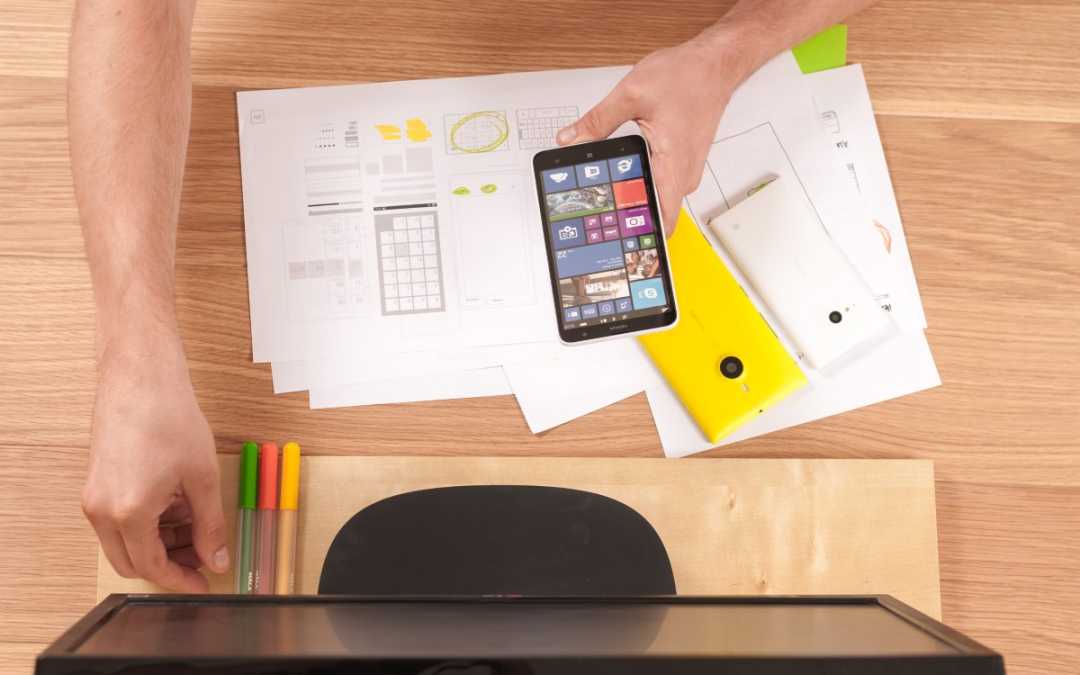The Power of Motion UI Design for Apps and Websites
In today’s digital age, user experience is paramount. With the increasing competition in the app and website market, businesses are constantly looking for ways to stand out and engage their users. One powerful tool that has emerged in recent years is Motion UI Design. Motion UI Design is the art of using animations and transitions to enhance the user experience and create a more engaging and interactive interface.
Why Motion UI Design Matters
Motion UI Design is not just about making things look pretty. It serves a crucial purpose in improving user engagement and retention. Here are some reasons why Motion UI Design matters:
1. Capturing Attention: Motion has a way of capturing the user’s attention and guiding them through the interface. It can draw attention to important elements, such as call-to-action buttons, and create a more immersive experience.
2. Enhancing User Experience: Motion can make interactions more intuitive and seamless. For example, animations can provide feedback to users when they perform an action, such as clicking a button or swiping a card.
3. Adding Personality: Motion can help to establish a brand’s personality and create a memorable experience for users. By incorporating unique animations and transitions, businesses can differentiate themselves from competitors.
4. Increasing Usability: Well-designed motion can make complex interactions easier to understand. For example, animations can visually demonstrate how a feature works, making it more user-friendly.
Best Practices for Motion UI Design
When implementing Motion UI Design, it’s essential to follow best practices to ensure a positive user experience. Here are some tips to keep in mind:
1. Keep it Simple: Avoid overwhelming users with excessive animations. Stick to subtle and purposeful motion that enhances the user experience without being distracting.
2. Be Consistent: Maintain consistency in your motion design throughout the app or website. Use similar animations for similar interactions to create a cohesive experience.
3. Prioritize Performance: Ensure that your animations are optimized for performance to prevent lag or delays. Slow or choppy animations can frustrate users and detract from the overall experience.
4. Test and Iterate: Test your motion design with real users to gather feedback and make improvements. Iterate on your designs based on user insights to create a more effective and engaging experience.
Conclusion
Motion UI Design is a powerful tool for enhancing user experience and creating more engaging apps and websites. By incorporating purposeful animations and transitions, businesses can capture attention, enhance usability, and differentiate themselves in a competitive market. To stay ahead of the curve and delight your users, consider integrating Motion UI Design into your digital products.


